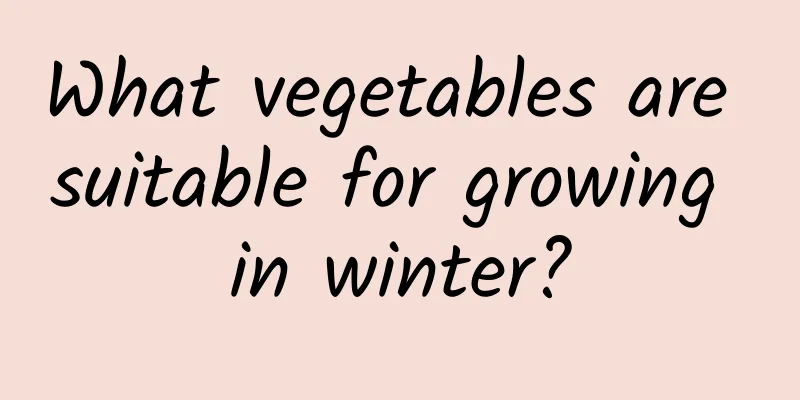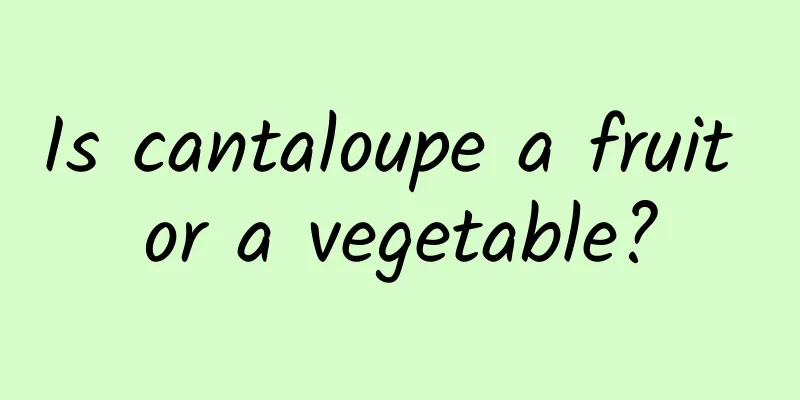What vegetables are suitable for growing in winter?

|
The temperature drops significantly in winter, and both the north and south of the country enter a period of freezing weather. After the weather turns cold, many vegetables cannot adapt to normal growth, and the planting conditions are relatively harsh. You can choose some vegetables that can germinate and grow in cold temperatures. Vegetables that are more suitable for planting in winter include watercress, chrysanthemum, Shanghai green, leek, coriander, garlic sprouts, onions, spinach, mustard greens, celery, cauliflower, lettuce, snow peas, etc. 1. Garlic The peak period for planting garlic is around the time of Cold Dew, especially in the south, because the winter in the south is not too cold, so the seedlings can safely survive the winter. Most of the garlic in other regions is planted in autumn and harvested the following year. 2. Spinach Spinach is one of the representatives of cold-resistant vegetables. It has very strong frost resistance and can grow and germinate even in an environment of minus 4℃. In addition, spinach has a good taste and high nutrition, making it a good choice for winter vegetable cultivation. 3. Cabbage Cabbage is a common vegetable variety in autumn and winter, and is grown in both the north and south of my country. However, there are many varieties of cabbage, and some varieties of Chinese cabbage are suitable for winter growth, so it is necessary to choose the appropriate cabbage variety according to the local climatic conditions. 4. Radish Radish is a semi-cold-resistant vegetable. Its seeds can germinate in a low-temperature environment, and the seedlings can withstand temperatures of minus two degrees Celsius. Therefore, if it is planted in winter, it will not be affected by the temperature. And the yield is also considerable. 5. Celery Celery is a vegetable that likes cool weather. It grows in cool weather with short sunshine hours. Celery grown in such an environment grows more vigorously, has a higher yield, and is of very good quality. |
<<: Maintenance methods of Jinyumantang bonsai
>>: Crape myrtle bonsai maintenance methods, management methods and precautions
Recommend
How long is the growth cycle of Chonglou?
Introduction to Paris polyphylla Paris polyphylla...
What are the cultivation methods and precautions of lemon flowers
Lemon Blossom Introduction Lemon flowers are the ...
How to prune nasturtium
Pruning time Seedling stage: Nasturtium grows fas...
What is the yellow thing inside mangosteen?
1. Damage Mangosteen itself will secrete a yellow...
Diseases and Pests of Corydalis and Their Control
Diseases of the hibiscus flower Black spot of kud...
Taboos of Cockscomb Cultivation in Winter
Less watering in winter The temperature is low in...
The secret to growing orchids well (root cultivation secrets)
1. Rooting If the orchid's root system is not...
Introduction of Yanfu No. 8 Apple Tree
1. Cultivation and naming It was discovered, scre...
Kapok symbolism
1. Meaning Kapok flower has a very beautiful appe...
When is the right time to plant onions?
Ensuring the right sowing time is essential for t...
Learn to water the green radish less, so that it can grow a "black beard" and bloom more easily.
Generally, after you grow one pot of green radish...
How to prune Osmanthus fragrans, flowers and trees will grow well if pruned this way!
Pinching and bud removal The method of pinching i...
What to do if the leaves of Osmanthus fragrans are dry
1. Environment We know if the weather is dry. Thi...
Can Western Rhododendron be planted on a closed balcony in the north?
1. Can it be planted? Friends living in the north...
The lilies in his house grow 100 flowers each, and the yard is covered with pennywort as a lawn. What a rich man!
A bunch of lilies blooming At first, someone told...









